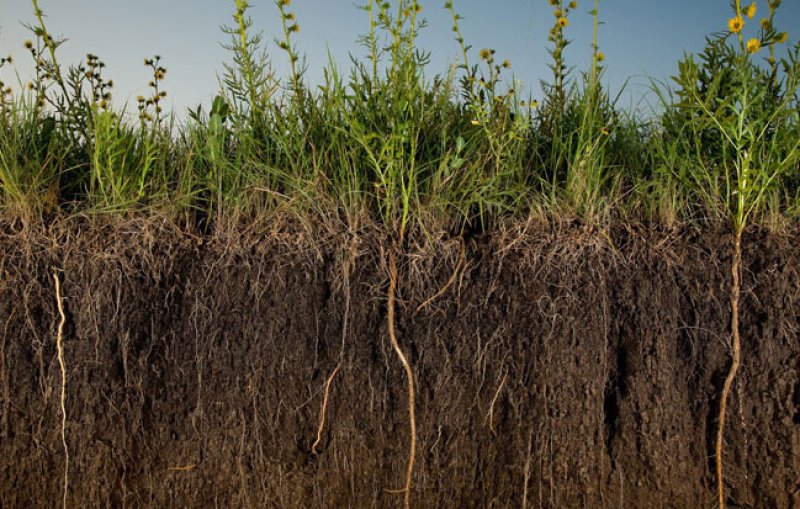More than 10 percent of the Earth’s land-surface is cropped, about 3.7 billion acres of carbon sequestration
Farmers’ toolkits for sustainability could soon include crops engineered with root systems designed to sequester more carbon in the soil, said Dominique Roche of the Salk Institute for Biological Studies in California.
…
Crops, like all plants, sequester carbon in their tissues above and below ground. Salk researchers plan to use genetic engineering to …. produce plants with larger, more carbon-rich root systems — a quantity and quality approach.
The quality part of the equation centers on suberin, a molecule that makes up part of the cell walls of plants. Roche calls it “putting a cork on carbon,” since suberin is carbon-rich and it’s plentiful in cork trees.
“We are trying to modify the plants in such a way that they have lots of root systems, deeper root systems, and to be able to add some bioproducts that don’t biodegrade as fast in the soil,” he said.
The team has already found genes for enhanced root development and suberin production and is conducting work using arabidopsis, a common test plant for plant breeding and a relative of canola.
Read the original post































